Summertime is about relaxing and enjoying the sunshine, but for RV owners, it can present a unique challenge. Keeping cool in your RV can be tricky, especially in hot climates where temperatures can soar. But if you’re looking for a reliable way to keep your space temperature controlled, then look no further: this definitive guide will help you properly vent a portable air conditioner in your RV. Whether you’re an experienced camper or just getting started in the world of RVing, this guide will give you all the tips and tricks needed to ensure proper ventilation of your portable AC. So if you want to stay cool without breaking the bank or investing too much time, read on for our ultimate guide on properly venting a portable air conditioner in an RV.
Table of Contents
Consider several factors to find the right Portable AC in the RV
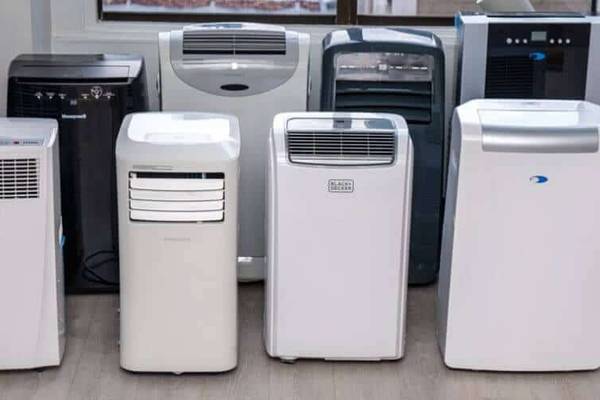
Square foot rating
Before you begin venting your portable air conditioner in an RV, it’s important to take into account the size of the space you want to cool. Portable AC units come with labels that indicate their cooling capacity (in BTUs), so make sure to find a model that matches up with the square footage of your RV. This will ensure that your unit is powerful enough to cool the space properly.
Noise levels
When selecting a portable air conditioner, it’s also important to think about the noise levels that come with particular models. Some units are louder than others, and this can make a big difference in terms of comfort level. Take into account your lifestyle and preferences when choosing a model, so that you can get the best AC unit for your RV without disturbing your peace.
Energy Efficiency Ratings
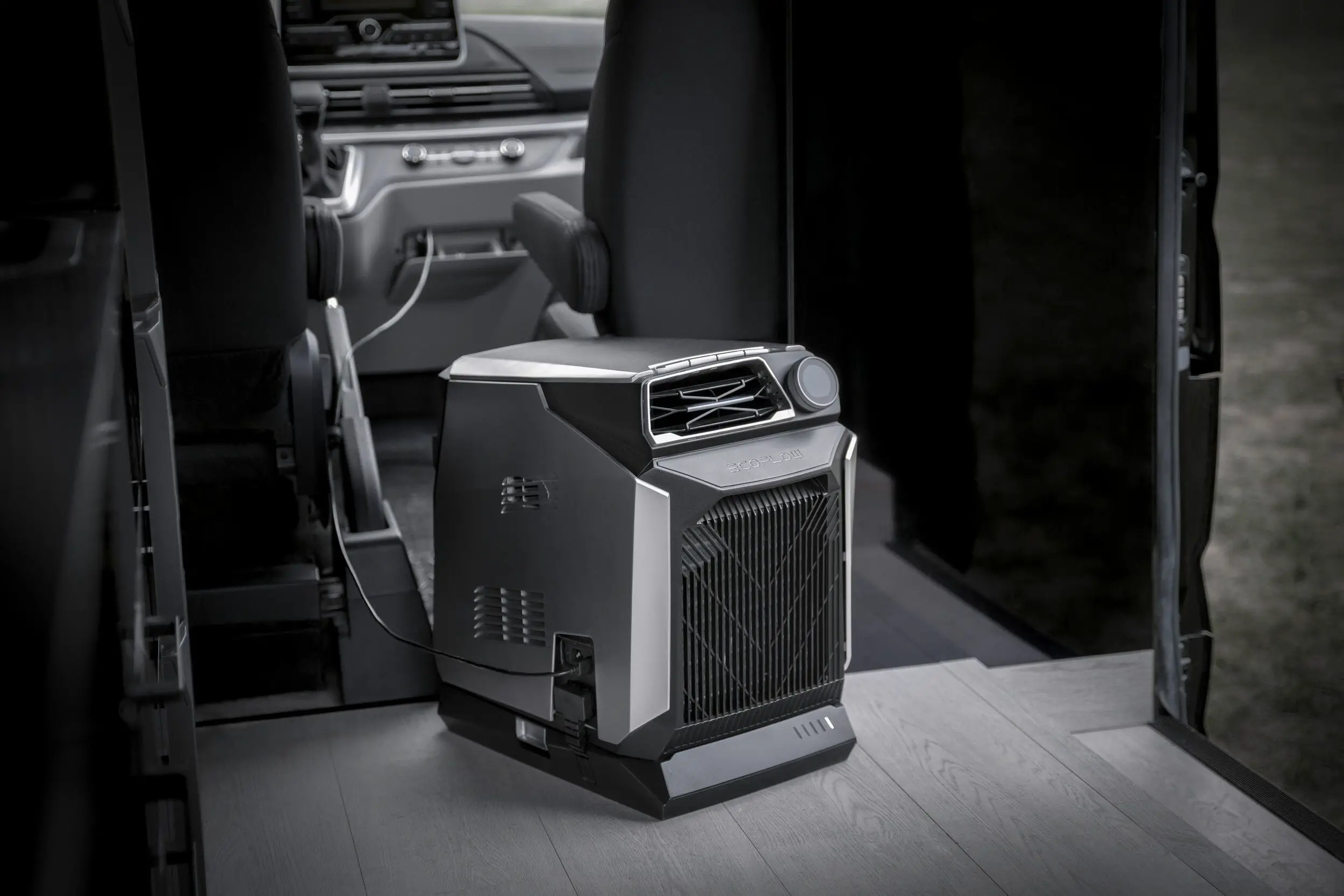
Make sure to consider energy efficiency ratings when choosing a portable air conditioner for your RV. Depending on what type of AC you select, it could end up costing more in electricity bills than necessary. Look for an Energy Star-certified model to ensure you’re getting the most bang for your buck.
BTUs
When selecting a portable air conditioner for your RV, it’s important to look at the BTU (British Thermal Unit) rating. The higher the BTU rating, the more powerful the AC unit will be, and this is essential when cooling large spaces like an RV. It’s best to find a model with a high BTU rating so that you can be sure your space will stay cool.
Features
Make sure to take a look at the features of each model before you buy. Many portable air conditioners come with additional features like dehumidifiers or fan-only modes that can help ensure your RV stays comfortable all season long. Look for models with adjustable thermostats and timers so that you can customize your cooling experience.
Size
Take into account the size of the unit when you’re making your purchase. Make sure to measure the space in your RV where it will be placed and look for a model that fits! A too-large or too-small air conditioner won’t be able to do its job effectively, so make sure to find one with the right dimensions for your RV. For example, the average size of a portable AC for RV applications is between 9,000 and 14,000 BTUs.
Price
Of course, the price of the air conditioner should also be taken into account when making your selection. Portable AC units can vary significantly in cost, so make sure to do your research and find one that fits into your budget. Remember that more expensive models may offer more features or higher BTUs, so be sure to think about what’s most important when making your purchase. The average price of a portable AC for RV applications is around $500.
Weight
Finally, make sure to consider the weight of your portable AC unit. Many models are lightweight and easy to move around, but some can be quite heavy — especially those with higher BTU ratings. Consider this when purchasing, as you will need to move the unit in and out of your RV for optimal efficiency [1].
Types of Portable AC For RV
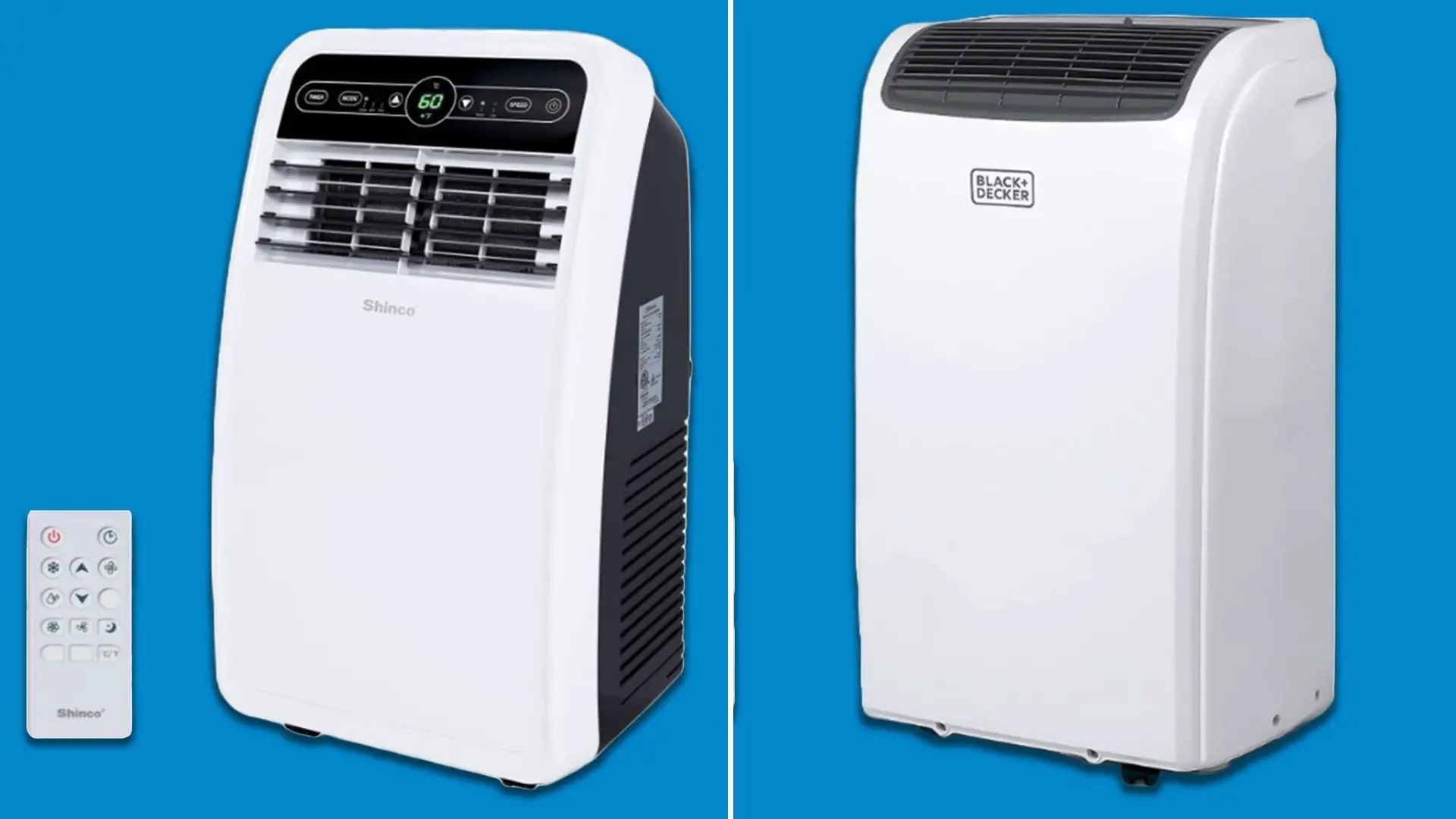
Vented Portable Air Conditioner
A vented portable air conditioner is a great option for RV owners who want to cool their vehicles while parked. This type of unit is designed to fit into the existing window or vent of an RV, and it works by drawing in hot air from outside and pushing the cooled air back out through the same vent. The advantage of this type of system is that it requires no additional ductwork, as the existing window or vent provides an effective outlet for cooled air. The disadvantage is that these systems can be noisy and may require frequent emptying of the collection containers.
Non-Vented Portable Air Conditioner
A non-vented portable air conditioner is a great option for RV owners who want to cool their vehicles without the need for additional ductwork. This type of unit works by drawing in air from outside and cooling it with a refrigerant before pushing the cooled air back out through a hose connected to an exterior wall or window of the RV. The advantage of this system is that it requires minimal installation, as only the outlet hose needs to be connected. The disadvantage is that the cooled air may not be as effective as with a vented option, and these systems can also be noisy.
Portable AC With Inverter Technology
Inverter technology has revolutionized the portable air conditioning market by offering an efficient way to cool RVs without consuming excess energy. This type of system uses an inverter-driven motor to adjust the speed of the compressor based on demand, allowing it to be more efficient when cooling a smaller area.
Split Air Conditioning
Split air conditioning systems are a great option for RV owners who want to cool their vehicles without the need for additional ductwork. This type of system works by drawing in hot air from outside and cooling it with a refrigerant before pushing the cooled air back out through two separate units mounted inside and outside the RV. The advantage of this type of system is that it offers superior cooling capabilities compared to other types of portable AC, and can be more energy-efficient as well. The main disadvantage is the cost associated with purchasing and installing a split air conditioner, which may be prohibitive for some RV owners.
Pros and Cons Of Portable Air Conditioners
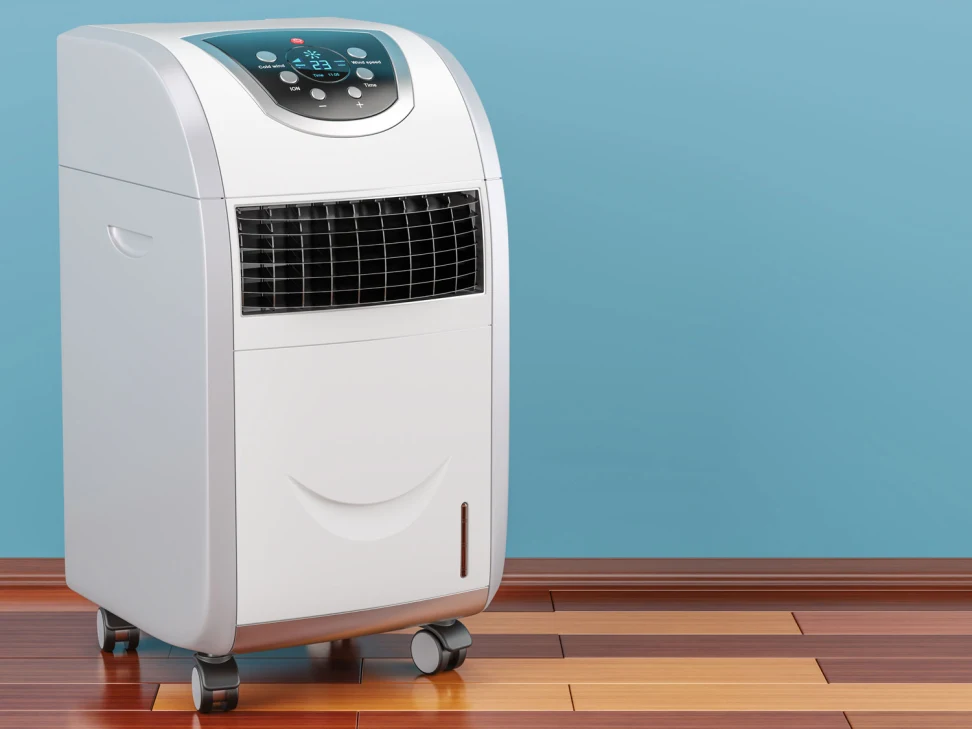
Portable air conditioners offer RV owners a great way to cool their vehicles while parked. These systems come in a variety of sizes and types, offering something for everyone depending on their needs and budget. However, there are some pros and cons to consider before deciding to purchase one for your RV.
Pros:
- Portable air conditioners are easy to install and require minimal setup.
- They work without the need for additional ductwork, making them ideal for RV owners who don’t want to undertake complex installation projects.
- Many models offer energy efficiency benefits due to their inverter technology.
- Portable air conditioners can be moved from one location to another if needed, offering great flexibility.
Cons:
- These systems can be quite noisy and may require frequent emptying of the collection containers.
- The cost of purchasing and installing a portable air conditioner may be prohibitive for some RV owners.
- They are not as efficient as other types of air conditioning units, so may not provide adequate cooling in larger RVs.
- Since these systems are portable, they may be susceptible to theft and other forms of damage if not properly secured.
Overall, portable air conditioners offer RV owners a great way to keep their vehicles cool while parked without undertaking complicated installation projects. With the right model and setup, you can enjoy all the benefits these units have to offer without breaking the bank. However, it is important to weigh the pros and cons carefully before making your decision [2].
Installation Tips for Portable ACs in an RV
When it comes to RV air conditioning, installing a portable AC can be the most convenient option. With a few simple steps, you can get started on your RV cooling journey.
The first step in installing a portable AC is to determine where the unit will be installed and how much space it requires. Make sure there is enough room for proper airflow and ensure the area is clear of debris, such as furniture or other obstacles.
Next, determine where to place the air conditioner vent hose. This should be done before installing the unit and can be done by measuring the distance from the exhaust port on the unit to a nearby window or wall. If a window is not available, consider purchasing an additional adapter kit for use with an external wall.
Once the vent hose is in place, it’s time to install the unit itself. First, secure the mounting brackets to the wall and then slide the AC into place. Make sure it’s properly secured and level so that it functions optimally. Finally, connect the exhaust port to your newly installed vent hose and plug in your AC unit.
After installation, it’s important to keep the portable AC well-maintained to ensure optimal cooling. Clean filters regularly and check for any signs of damage or loose connections. Additionally, if you plan on storing your RV during cold weather, make sure to remove and store the air conditioner indoors or in a cool location.
How To Vent Portable AC In RV
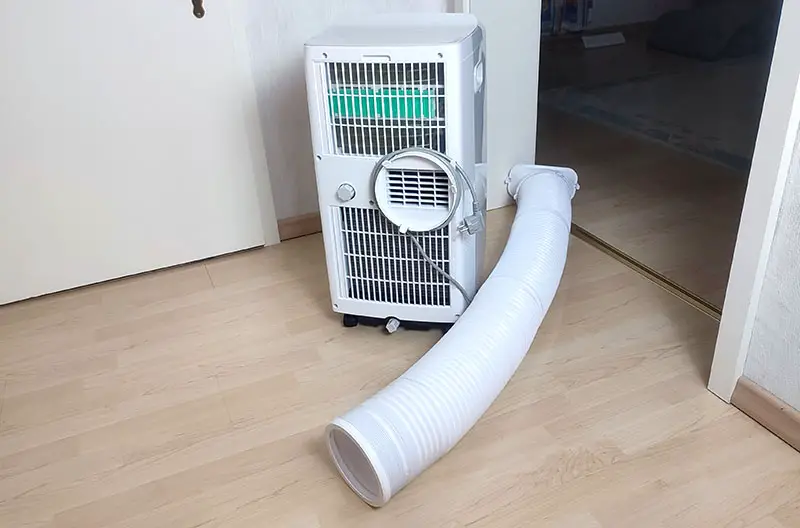
Step 1: Choose the Right Portable AC Unit
Choosing the right portable air conditioning unit for your RV is key to having a comfortable and enjoyable experience. You’ll want to make sure that you select an AC unit that is powerful enough to cool down your vehicle but not so powerful that it uses up too much energy or takes up too much space. Look for units with features like a timer, programmable thermostat and built-in dehumidifier for optimal comfort.
Step 2: Prepare the RV
Before installing your new RV portable AC unit, make sure to clean out any dust or dirt that may have gotten into the vents. This will help ensure proper air circulation when using your AC unit. Also, make sure that the window or vent where you’ll be installing your AC is properly sealed to prevent any drafts.
Step 3: Install the Vent Kit
Most portable air conditioners come with a standard set of hoses and connectors that can be used to vent hot air out of your RV. Depending on the model of your unit, you may also need to purchase an additional kit for your RV. Make sure to read the instruction manual that comes with your AC unit carefully before attempting to install it.
Step 4: Position the Unit Correctly
Once you’ve connected all of the necessary hoses and vents, make sure that the AC unit is placed in a way that allows for maximum air circulation. Try to avoid having the vents blocked by furniture or other household items and make sure that air can freely pass through the unit.
Step 5: Insulate Your RV
In order for your portable AC unit to work effectively, you’ll also want to invest in some insulation materials like foam panels, weather stripping, and caulking to seal any cracks or openings. This will help to reduce the amount of heat that enters your RV, making it easier for your AC unit to keep things cool [3].
FAQ
Can you run a portable air conditioner in an RV?
Yes, you can run a portable air conditioner in an RV. Portable air conditioners are small and lightweight enough to be easily transported in an RV. They provide the same cooling power as a window-mounted unit but require no installation. Make sure to check for compatibility with your specific RV model before purchasing a portable AC unit. Additionally, when running your air conditioner you should be aware of any potential power restrictions. It’s important to check the power rating of your AC unit and make sure it is compatible with the wattage capabilities of your RV before running it. Portable air conditioners are a great way to keep your RV cool and comfortable during hot summer days!
Are portable air conditioners noisy?
Generally, portable air conditioners are not exceptionally noisy. However, they will typically produce more noise than a window-mounted unit due to their smaller size and the fact that they require an exhaust hose. But most modern portable AC units come with features like adjustable fan speeds and sound insulation materials which help to reduce the overall noise level of the unit. Additionally, you can reduce the noise further by placing your AC unit in a well-ventilated area, away from any windows or doors.
Useful Video: Portable Air Conditioner in RV 1 Year Review
Conclusion Paragraph
To vent portable AC in an RV you should use a window vent kit. It is easy to install and can be used in any RV type or size. The kit also includes all the necessary components you need to properly circulate air in your RV for optimal cooling or heating. Additionally, it helps reduce noise levels and improves indoor air quality. With proper installation and maintenance, you can look forward to many years of comfortable camping trips with your RV. Be sure to check the specifications for your unit before purchasing a window vent kit, as they are not compatible with all models.
References:
- https://tosotdirect.com/blogs/life-well-lived/how-to-choose-the-right-air-conditioning-system-for-your-rv
- https://www.onehourairftworth.com/the-pros-and-cons-of-a-portable-air-conditioner-air-conditioning-service-in-dallas-tx/
- https://thecampingadvisor.com/how-to-vent-a-portable-ac-for-rv/

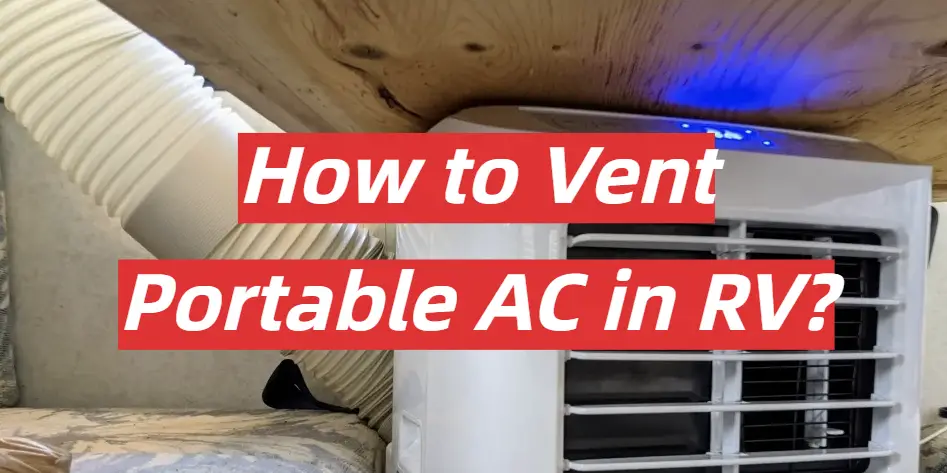



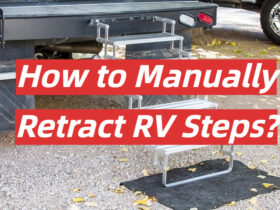
Leave a Reply